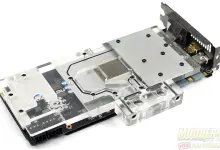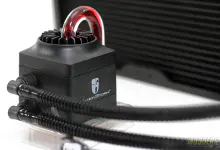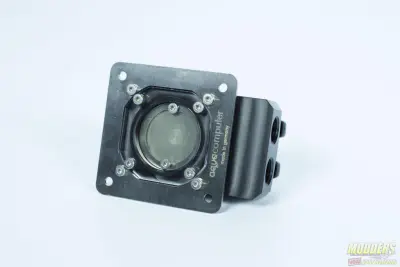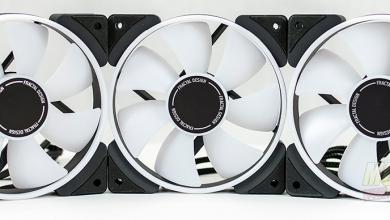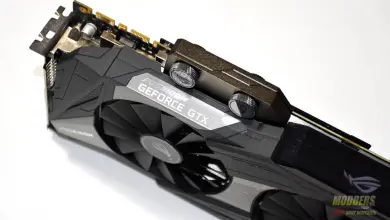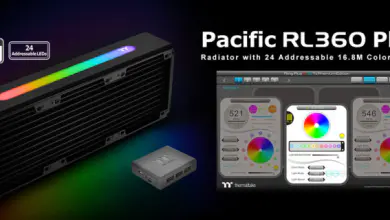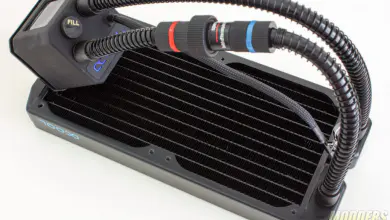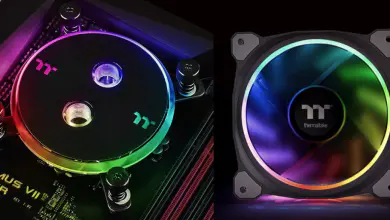Filtering Your Radiators: Why It’s Important
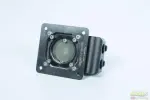
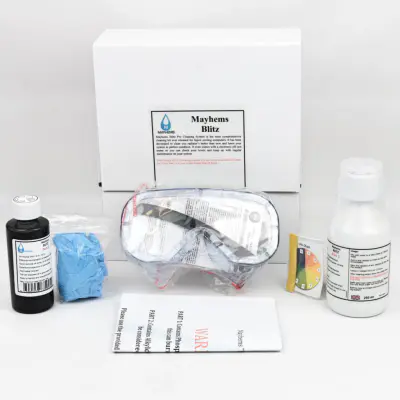
The most common practice for flushing radiators is to run several cycles of warm water through the radiators, which can do an “ok” job of removing light debris. However, this will not prevent stubborn flux and other particles from dislodging over time and clogging your blocks. In order to get these types of debris out of your radiators, products like Mayhem’s Blitz Pro Kit, a two part cleaning solution will need to be used. Part one is a strong acid which strips contaminates off walls of the radiators and part two is a neutralizing base to prevent damage to other parts of your loop.
I have often heard people praise the idea of using vinegar in their loops for cleaning, I strongly oppose this. Vinegar which is derived from fruits and certain vegetables, is organic, meaning its can rot or introduce bacteria into you loop. The bacteria can eat O-rings, peel plating, pit copper and weaken/crack acrylics.
The issue I have with cleaning kits are that they tend to just cycle the debris, which either gets stored back into the radiators or worse, in the fine fins of your water blocks. To prevent this, the radiator should be run with only a reservoir, filter, pump and single radiator prior to being installed in your final loop. The order of these components should go, reservoir > pump > radiator > filter. The duty of the filter is to catch exiting debris from the radiator and prevent it from reaching the other components.
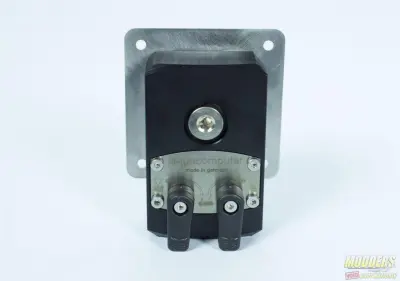
After treating your loops with a cleaning solution like the mentioned Blitz Pro kit, the radiator will need to be flushed with several gallons of distilled water. After the loop has been flushed out with the distilled water and you can see that the water is clear and not cloudy, keep the loop running for three to five days. Running the loop is important after the chemical flush as additional particles can release from the radiator, which without the filter would find their way into the blocks.
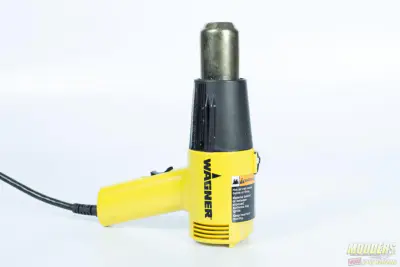
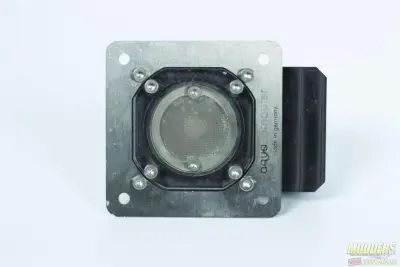
You will need to drain the loop, and clean the filter out several times, during this cycle. The end goal is running the loop with the heat gun treatments and not having debris filling up your filter. Once you have achieved this, feel free to disconnect your radiator from the loop and repeat the process for additional radiators, but make sure to cap off your radiators until they are being installed in the case. Following these guidelines will not only keep your loop healthy, but save you headache and hassle when in three months time your system is overheating due to a build-up of debris in your blocks.
Links to recommended filters:
- http://www.performance-pcs.com/alphacool-water-filter-plexi.html
- http://www.performance-pcs.com/aquacomputer-filter-with-stainless-steel-mesh-ball-valves-and-mounting-plate-g1-4.html
Links to Mayhem’s cleaning kits
- http://www.performance-pcs.com/filling-aids/mayhems-blitz-basic-cleaning-system.html
- http://www.performance-pcs.com/featured-products/mayhems-blitz-pro-cleaning-system.html
